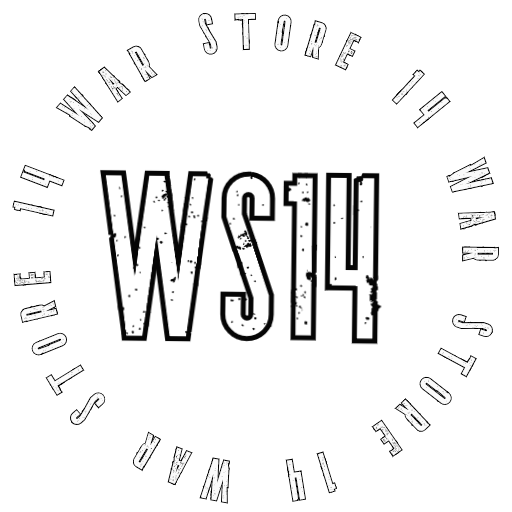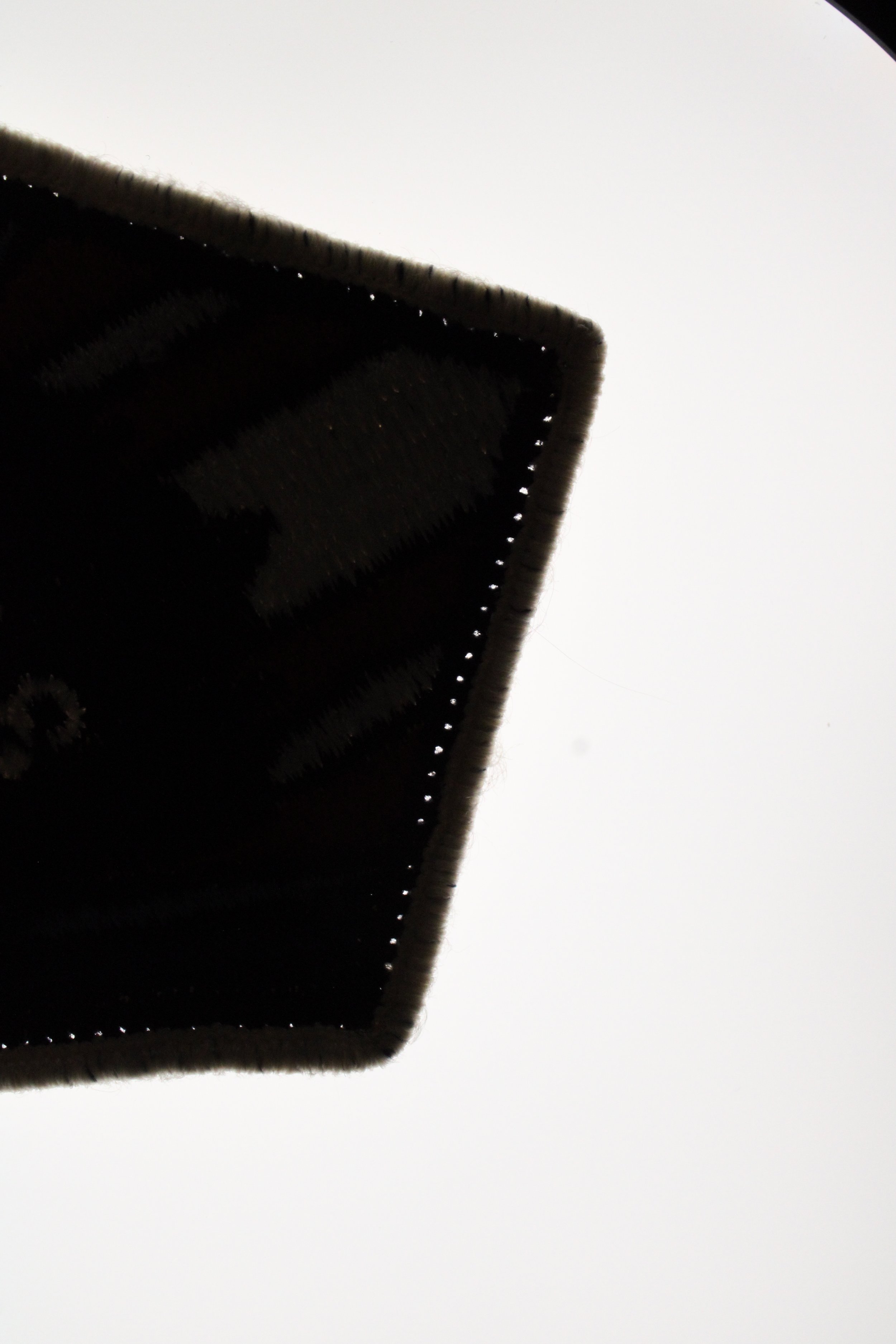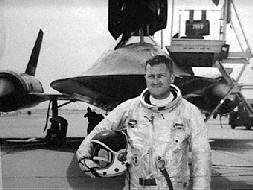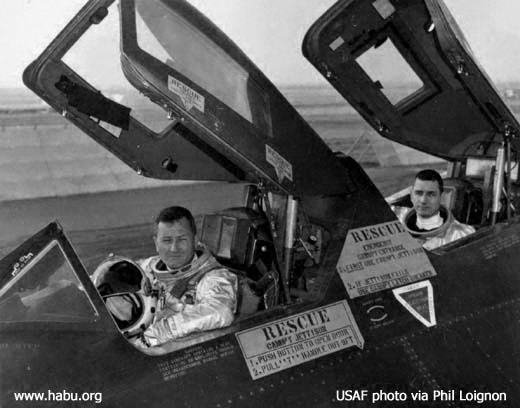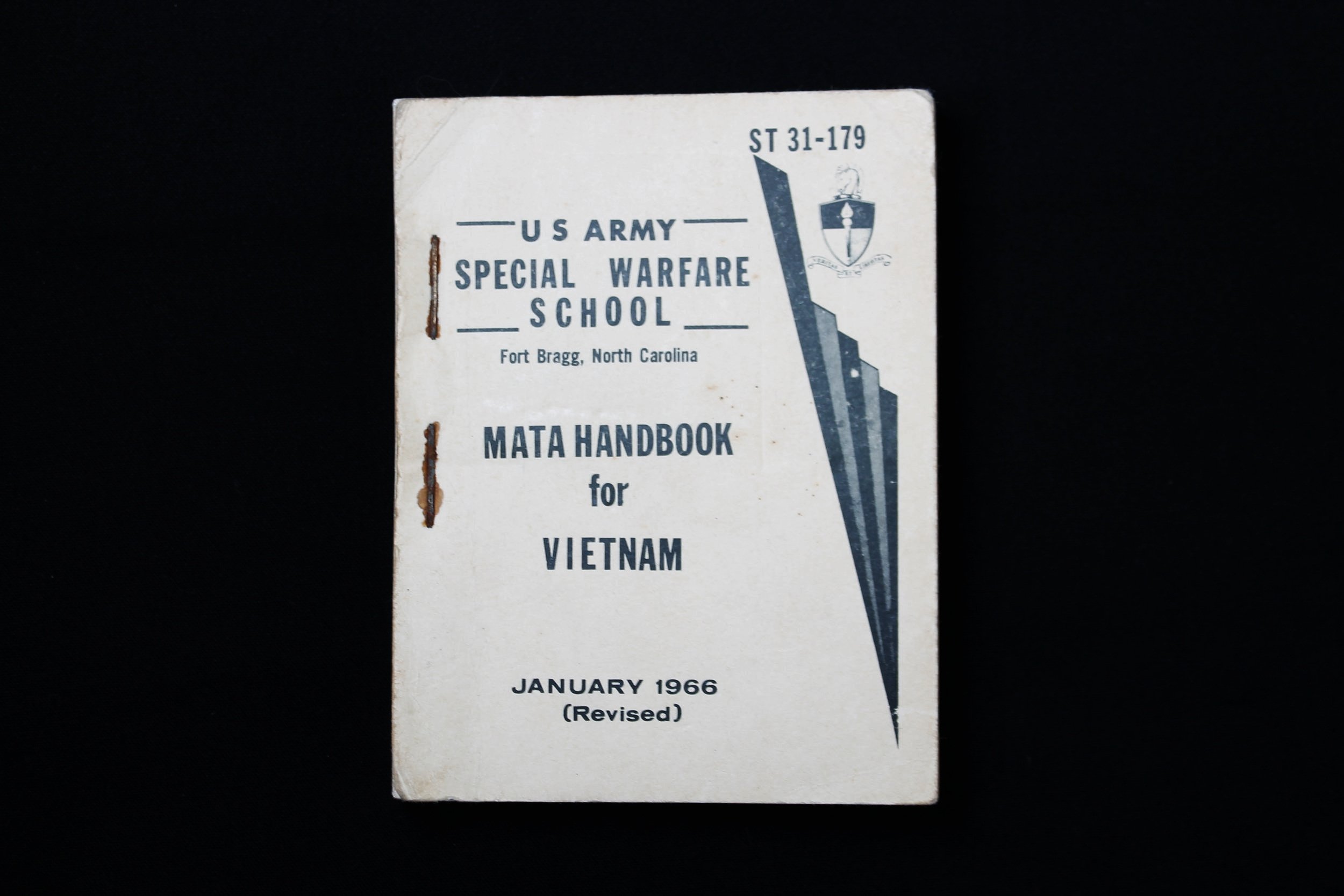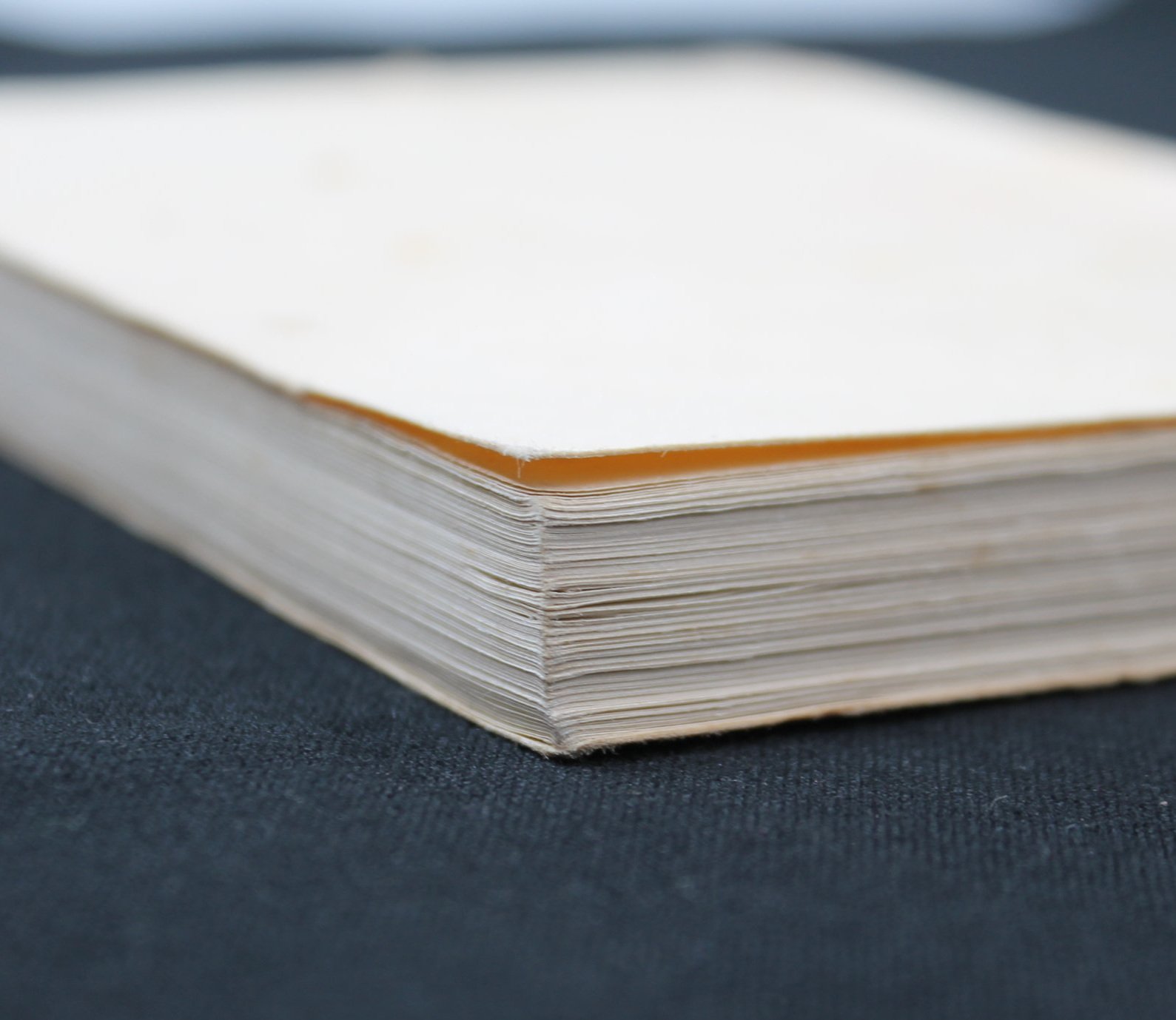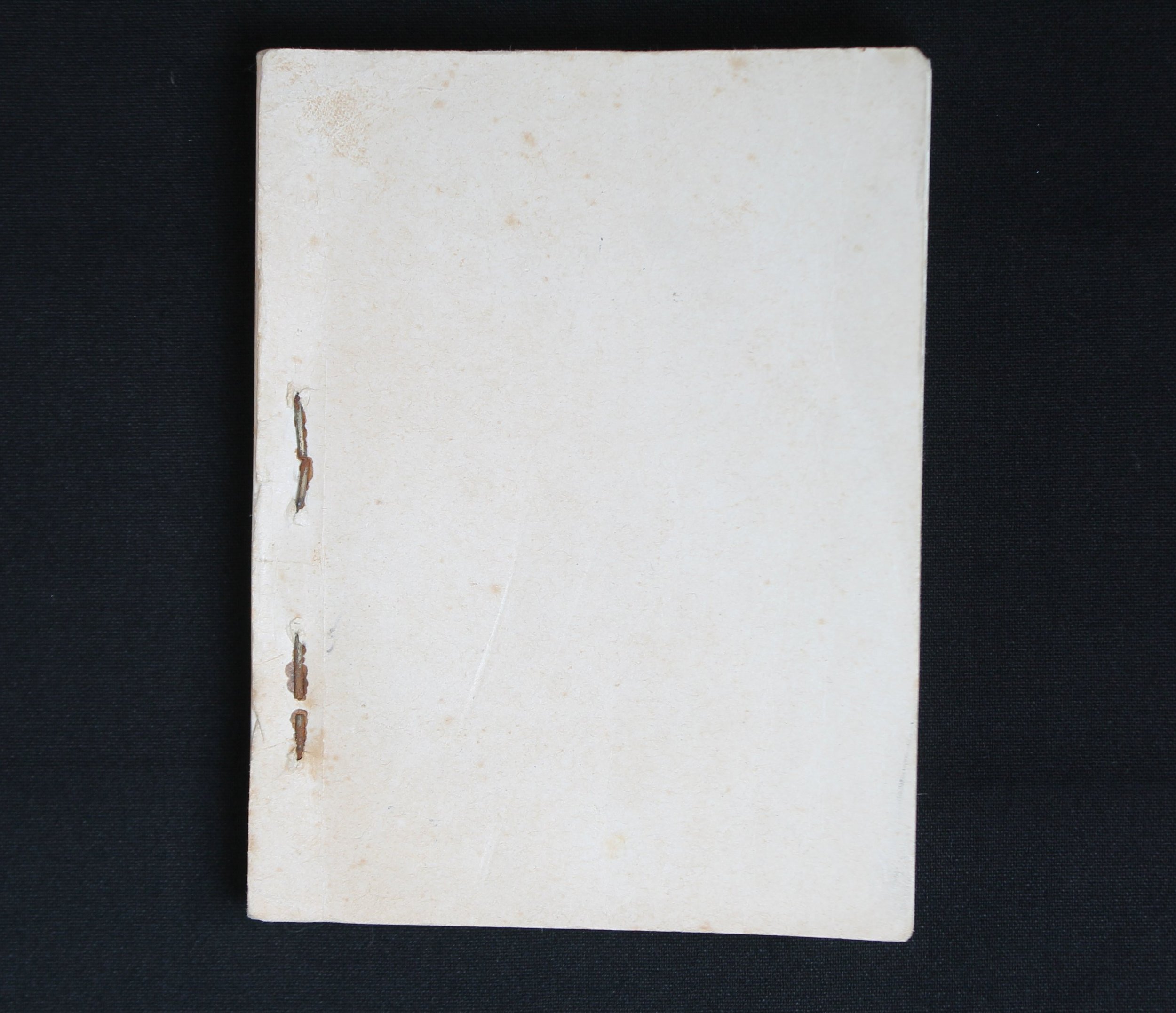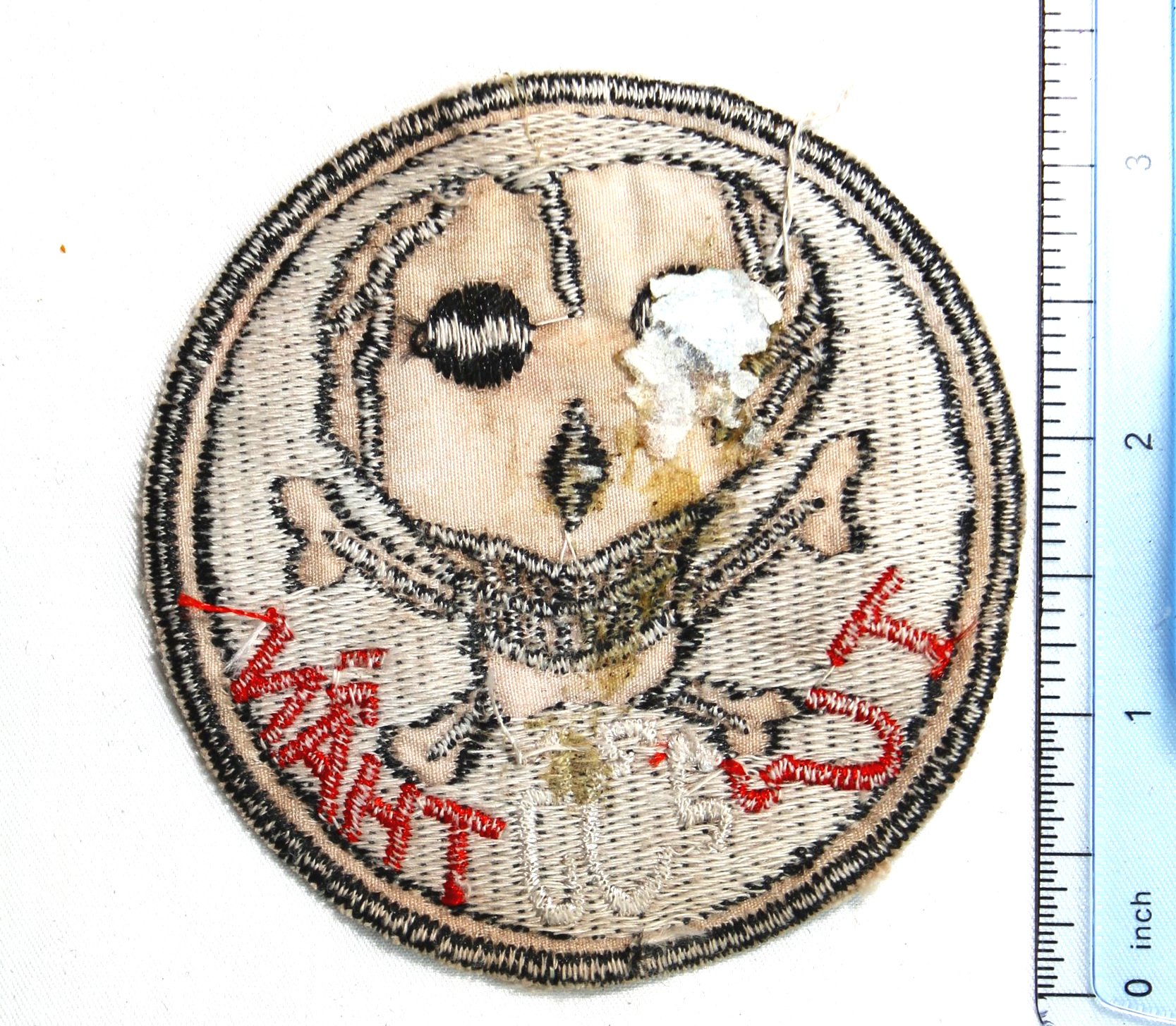Original Flight Suit Removed Patches From Famous Pilot Who Crashed SR-71 977
Amazing Pieces of Aircraft History!
Famous SR71 Pilot Abe Kardong flight suit removed patches.
1st Strategic Recon Squadron Patch.
Mach 3+ Patch. (Abe designed this patch!)
Abe Kardong Name Tag Patch.
For fans of the SR-71, this is your chance to own the centerpiece of your collection!
Abe Kardong was chief pilot at Flightcraft in Spokane. He was an Air Force test pilot, and test flew the SR-71.
One day the AF decided they wanted Abe to take off without the computers being "ON."
The cockpit of that SR-71, that crashed, is now at the Seattle "Museum of Flight."
When Abe Kardong ran over a black cat on a Friday the 13th in 1968, he knew it meant trouble. Less than a month later, his brand-new Air Force SR-71 Blackbird shattered a wheel rim on takeoff at California's Beale Air Force Base. Kardong stayed with the aircraft as it veered off the runway and crashed, but his reconnaissance systems officer, Major Jim Kogler, ejected. What Kardong remembers most after climbing out of the burning airplane to help Kogler as he parachuted down is the reaction of his six-foot, five-inch backseater: "I always wondered if my knees would clear the instrument panel."
Around 10:00 AM on October 10, 1968, SR-71 17977 was poised to take off on Runway 14 at Beale Air Force Base, California. With 12,000 feet of concrete in front of him, Pilot Abe Kardong received the “all clear” light gun signal from the tower and pushed the throttles up causing the high pressure 415 psi tires to roll. As Kardong firewalled the throttles, the afterburners lit one after another with their distinctive green flash. Faster and faster, the tires sped down the runway, straining against centrifugal force until the brake on the left main landing gear failed catastrophically. Shrapnel pierced the underside of the wing which contained thousands of pounds of fuel. This fuel spewed out, ignited by the glowing afterburners into a raging inferno speeding down the runway like a comet. The launch crew, following 977 in a motor vehicle got on the radio, telling the airmen that they had “one hell of a fire”.
Fortunately, all of this happened before the aircraft reached its critical speed in which it must take off. They still had enough runway ahead to stop, plus a trusty arresting cable at the threshold designed just to bring the Blackbird to a halt. Kardong smartly deployed the drag chute, but it was immediately made useless, consumed by flames behind the plane. All six landing gear went flat, resulting in the collapse of a landing gear strut, the sharp engine nacelle now grinding against the concrete. Kardong steered toward the last chance to stop the plane, the arresting cable. Instead of catching, the titanium leading edge of the nacelle sliced through the cable like butter.
As the airspeed died down, the flames crept forward toward Reconnaissance Systems Officer James Kogler in the back seat. He decided to pull the little yellow handle between his legs and eject. He was thrust from the cockpit in an instant, his parachute blossoming, slowly lowering him to the field below. Although he would make a full recovery, he landed with scrapes, bruises and a compressed spine from the g-shock upon leaving the aircraft.
Pilot Kardong chose to stay with the aircraft, which was now skidding on its belly along the 1,000 foot overrun at the end of the strip. The Blackbird used all of it, coming to a halt in a field beyond the concrete. The launch crew drove up to the still burning plane, assisting Kardong from the wreckage. He was completely unharmed. Crash trucks would arrive, dousing the plane. The once beautiful aircraft lay there on its belly, battered, missing its rear canopy and covered in fire retardant foam. 977 was a complete loss, but everyone involved in the accident survived.
Amazing Pieces of Aircraft History!
Famous SR71 Pilot Abe Kardong flight suit removed patches.
1st Strategic Recon Squadron Patch.
Mach 3+ Patch. (Abe designed this patch!)
Abe Kardong Name Tag Patch.
For fans of the SR-71, this is your chance to own the centerpiece of your collection!
Abe Kardong was chief pilot at Flightcraft in Spokane. He was an Air Force test pilot, and test flew the SR-71.
One day the AF decided they wanted Abe to take off without the computers being "ON."
The cockpit of that SR-71, that crashed, is now at the Seattle "Museum of Flight."
When Abe Kardong ran over a black cat on a Friday the 13th in 1968, he knew it meant trouble. Less than a month later, his brand-new Air Force SR-71 Blackbird shattered a wheel rim on takeoff at California's Beale Air Force Base. Kardong stayed with the aircraft as it veered off the runway and crashed, but his reconnaissance systems officer, Major Jim Kogler, ejected. What Kardong remembers most after climbing out of the burning airplane to help Kogler as he parachuted down is the reaction of his six-foot, five-inch backseater: "I always wondered if my knees would clear the instrument panel."
Around 10:00 AM on October 10, 1968, SR-71 17977 was poised to take off on Runway 14 at Beale Air Force Base, California. With 12,000 feet of concrete in front of him, Pilot Abe Kardong received the “all clear” light gun signal from the tower and pushed the throttles up causing the high pressure 415 psi tires to roll. As Kardong firewalled the throttles, the afterburners lit one after another with their distinctive green flash. Faster and faster, the tires sped down the runway, straining against centrifugal force until the brake on the left main landing gear failed catastrophically. Shrapnel pierced the underside of the wing which contained thousands of pounds of fuel. This fuel spewed out, ignited by the glowing afterburners into a raging inferno speeding down the runway like a comet. The launch crew, following 977 in a motor vehicle got on the radio, telling the airmen that they had “one hell of a fire”.
Fortunately, all of this happened before the aircraft reached its critical speed in which it must take off. They still had enough runway ahead to stop, plus a trusty arresting cable at the threshold designed just to bring the Blackbird to a halt. Kardong smartly deployed the drag chute, but it was immediately made useless, consumed by flames behind the plane. All six landing gear went flat, resulting in the collapse of a landing gear strut, the sharp engine nacelle now grinding against the concrete. Kardong steered toward the last chance to stop the plane, the arresting cable. Instead of catching, the titanium leading edge of the nacelle sliced through the cable like butter.
As the airspeed died down, the flames crept forward toward Reconnaissance Systems Officer James Kogler in the back seat. He decided to pull the little yellow handle between his legs and eject. He was thrust from the cockpit in an instant, his parachute blossoming, slowly lowering him to the field below. Although he would make a full recovery, he landed with scrapes, bruises and a compressed spine from the g-shock upon leaving the aircraft.
Pilot Kardong chose to stay with the aircraft, which was now skidding on its belly along the 1,000 foot overrun at the end of the strip. The Blackbird used all of it, coming to a halt in a field beyond the concrete. The launch crew drove up to the still burning plane, assisting Kardong from the wreckage. He was completely unharmed. Crash trucks would arrive, dousing the plane. The once beautiful aircraft lay there on its belly, battered, missing its rear canopy and covered in fire retardant foam. 977 was a complete loss, but everyone involved in the accident survived.
Amazing Pieces of Aircraft History!
Famous SR71 Pilot Abe Kardong flight suit removed patches.
1st Strategic Recon Squadron Patch.
Mach 3+ Patch. (Abe designed this patch!)
Abe Kardong Name Tag Patch.
For fans of the SR-71, this is your chance to own the centerpiece of your collection!
Abe Kardong was chief pilot at Flightcraft in Spokane. He was an Air Force test pilot, and test flew the SR-71.
One day the AF decided they wanted Abe to take off without the computers being "ON."
The cockpit of that SR-71, that crashed, is now at the Seattle "Museum of Flight."
When Abe Kardong ran over a black cat on a Friday the 13th in 1968, he knew it meant trouble. Less than a month later, his brand-new Air Force SR-71 Blackbird shattered a wheel rim on takeoff at California's Beale Air Force Base. Kardong stayed with the aircraft as it veered off the runway and crashed, but his reconnaissance systems officer, Major Jim Kogler, ejected. What Kardong remembers most after climbing out of the burning airplane to help Kogler as he parachuted down is the reaction of his six-foot, five-inch backseater: "I always wondered if my knees would clear the instrument panel."
Around 10:00 AM on October 10, 1968, SR-71 17977 was poised to take off on Runway 14 at Beale Air Force Base, California. With 12,000 feet of concrete in front of him, Pilot Abe Kardong received the “all clear” light gun signal from the tower and pushed the throttles up causing the high pressure 415 psi tires to roll. As Kardong firewalled the throttles, the afterburners lit one after another with their distinctive green flash. Faster and faster, the tires sped down the runway, straining against centrifugal force until the brake on the left main landing gear failed catastrophically. Shrapnel pierced the underside of the wing which contained thousands of pounds of fuel. This fuel spewed out, ignited by the glowing afterburners into a raging inferno speeding down the runway like a comet. The launch crew, following 977 in a motor vehicle got on the radio, telling the airmen that they had “one hell of a fire”.
Fortunately, all of this happened before the aircraft reached its critical speed in which it must take off. They still had enough runway ahead to stop, plus a trusty arresting cable at the threshold designed just to bring the Blackbird to a halt. Kardong smartly deployed the drag chute, but it was immediately made useless, consumed by flames behind the plane. All six landing gear went flat, resulting in the collapse of a landing gear strut, the sharp engine nacelle now grinding against the concrete. Kardong steered toward the last chance to stop the plane, the arresting cable. Instead of catching, the titanium leading edge of the nacelle sliced through the cable like butter.
As the airspeed died down, the flames crept forward toward Reconnaissance Systems Officer James Kogler in the back seat. He decided to pull the little yellow handle between his legs and eject. He was thrust from the cockpit in an instant, his parachute blossoming, slowly lowering him to the field below. Although he would make a full recovery, he landed with scrapes, bruises and a compressed spine from the g-shock upon leaving the aircraft.
Pilot Kardong chose to stay with the aircraft, which was now skidding on its belly along the 1,000 foot overrun at the end of the strip. The Blackbird used all of it, coming to a halt in a field beyond the concrete. The launch crew drove up to the still burning plane, assisting Kardong from the wreckage. He was completely unharmed. Crash trucks would arrive, dousing the plane. The once beautiful aircraft lay there on its belly, battered, missing its rear canopy and covered in fire retardant foam. 977 was a complete loss, but everyone involved in the accident survived.
